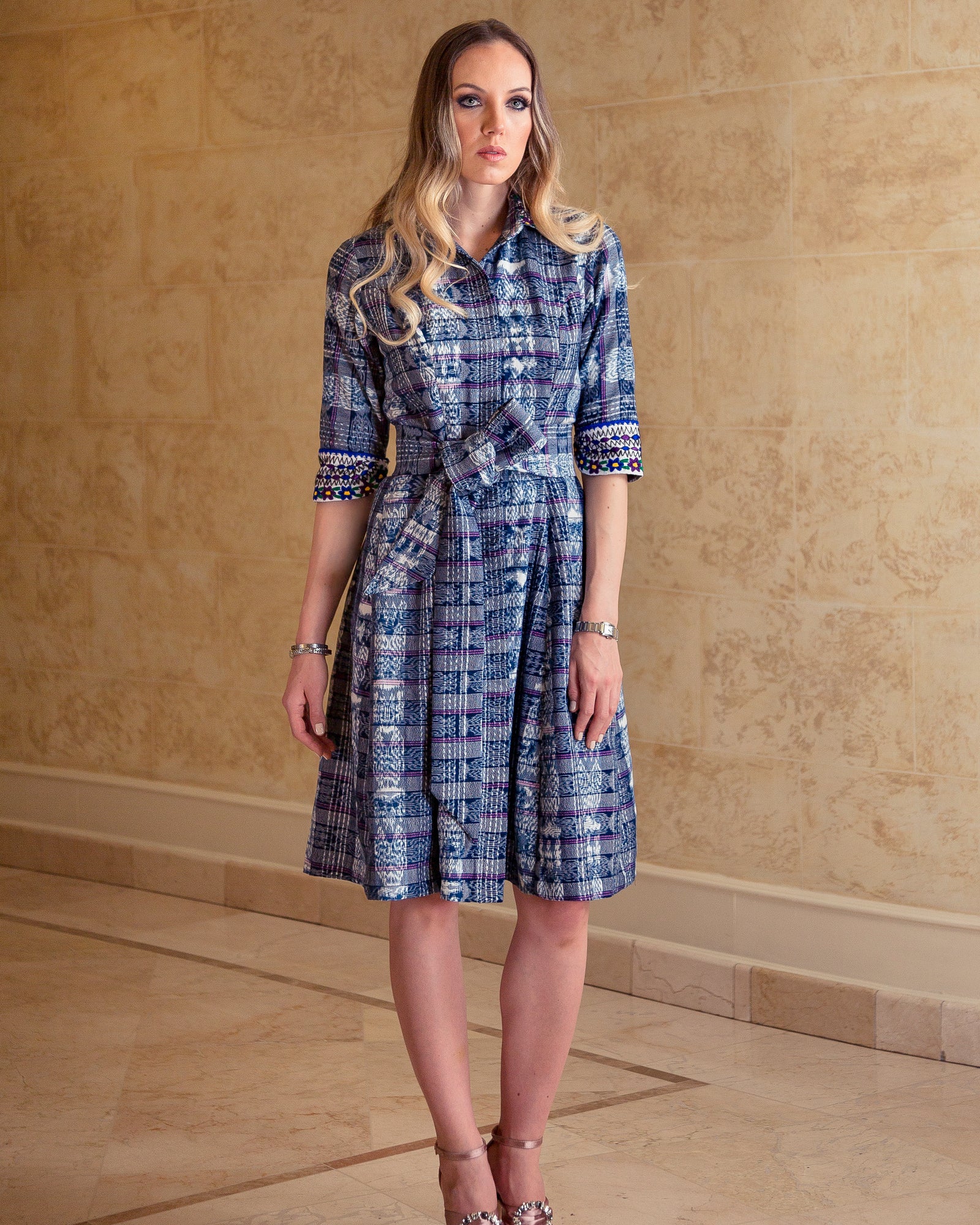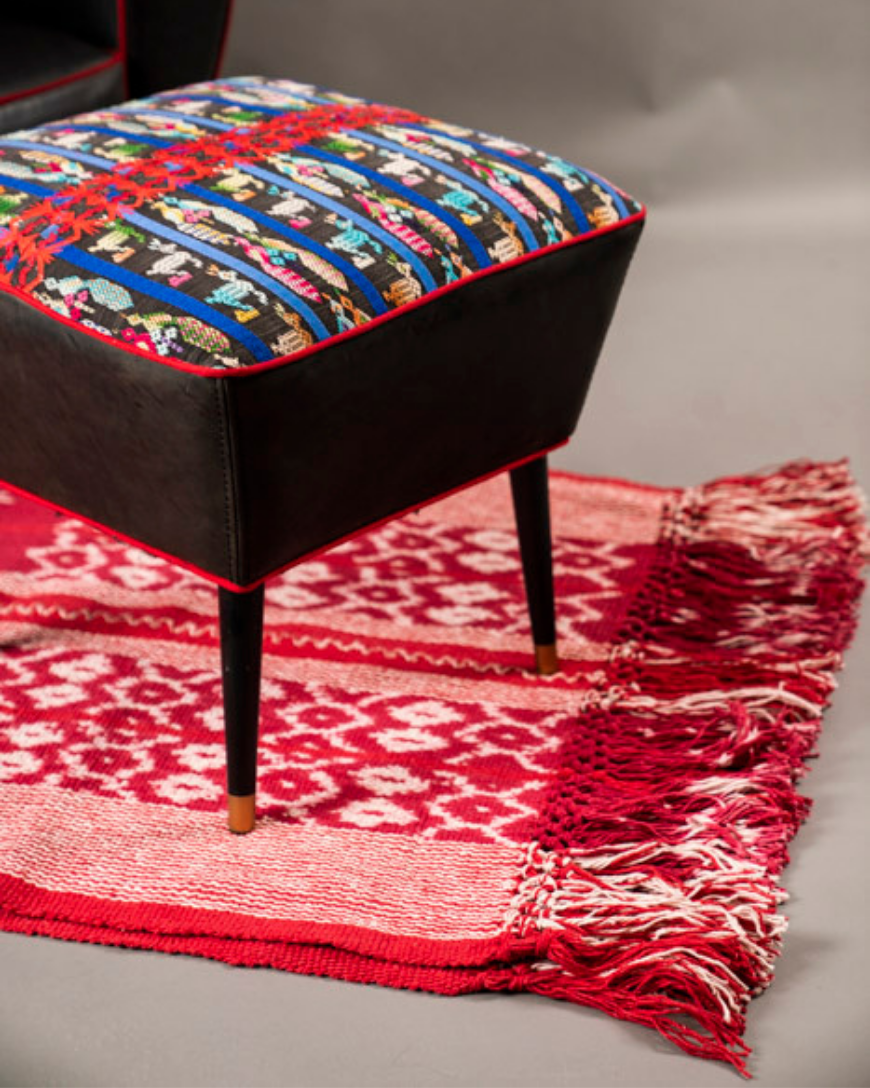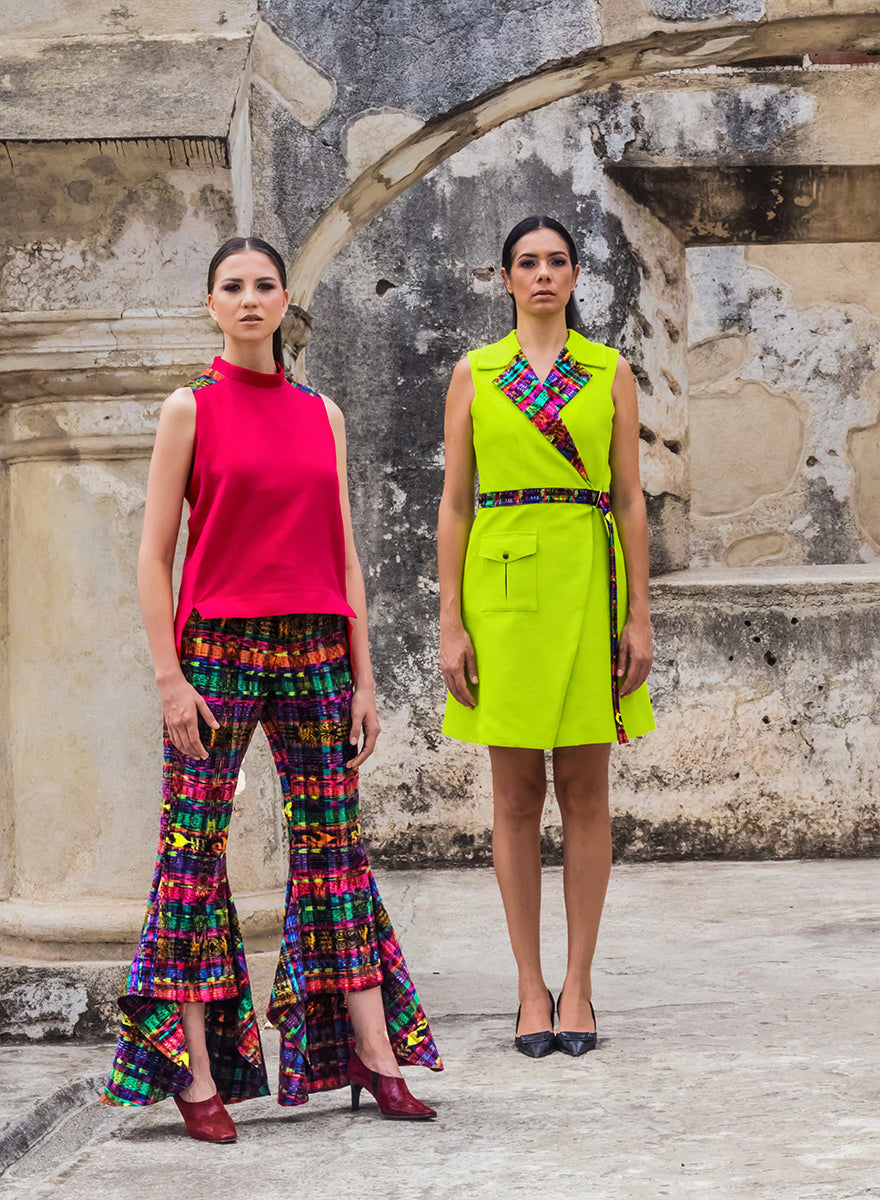Anita Lara’s Guide to Maya Textiles
Coban
Light and simple, Coban textile is one of Anita’s favorite textiles due to its versatility and minimalism. Coban weavers use the least amount of threads and dye possible, resulting in the light yet resistant Coban textile.
Lisa
Created in a traditional footloom. Lisa textile is the closest Maya fabric to regular fabric. The colors are obtained from fruits, vegetables and insects and is made from 100% cotton.
Huipil
Huipiles are polychromatic works of art that are incredibly diverse and complex. They are woven, dyed, and embroidered by hand and they can take months to complete. The colors, techniques, patterns, and symbols used vary depending on region, creativity, and personal taste.
Chiva
Chiva is the technique of creating textures in a footloom. Most commonly round little balls of threads
Jaspe
Is the technique used in the traditional Maya women’s skirt and it was traditionally hand-woven on a treadle loom by men. They are tube-shaped, which allows women to wrap the skirt around them and tuck it in firmly, and mid-calf to floor length.
Jaspe Indigo
Jaspe indigo uses the same techniques of regular Jaspe, but with a different kind of thread that uses less extensive coloring methods.
Zunil
Zunil is a town in Quetzaltenango Guatemala. The textile from this town is characterized for its wide variety of colors, black background and prominent Maya symbols.
Nebaj
Nebaj is one of the most northern regions of the Guatemalan plateaus, the textile from this region is light and extremely colorful. It is characterized by its simple thread designs.
Comalapa
Comalapa is a town in Chimaltenango Guatemala. It has colorful textiles with small geometric patterns that take hours to weave. The Comalapa artisans are patient, dedicated and extremely detail oriented in their craft.
Realce
Realce is a footloom technique that is characterized by the creation of patterns by pulling threads along the weaving process. The result is a magnificent geometrical textile.
Falsería
Falsería uses the same technique of Jaspe. The main difference are the threads used. For the Falsería Maya artisans use metallic or silk thread to create shiny textiles.



